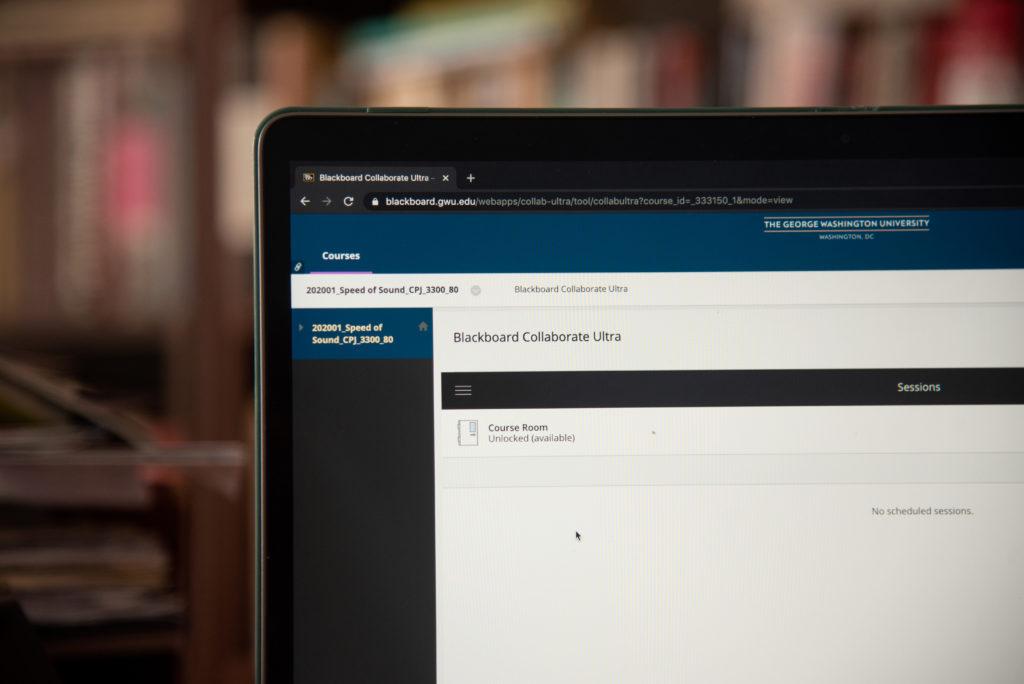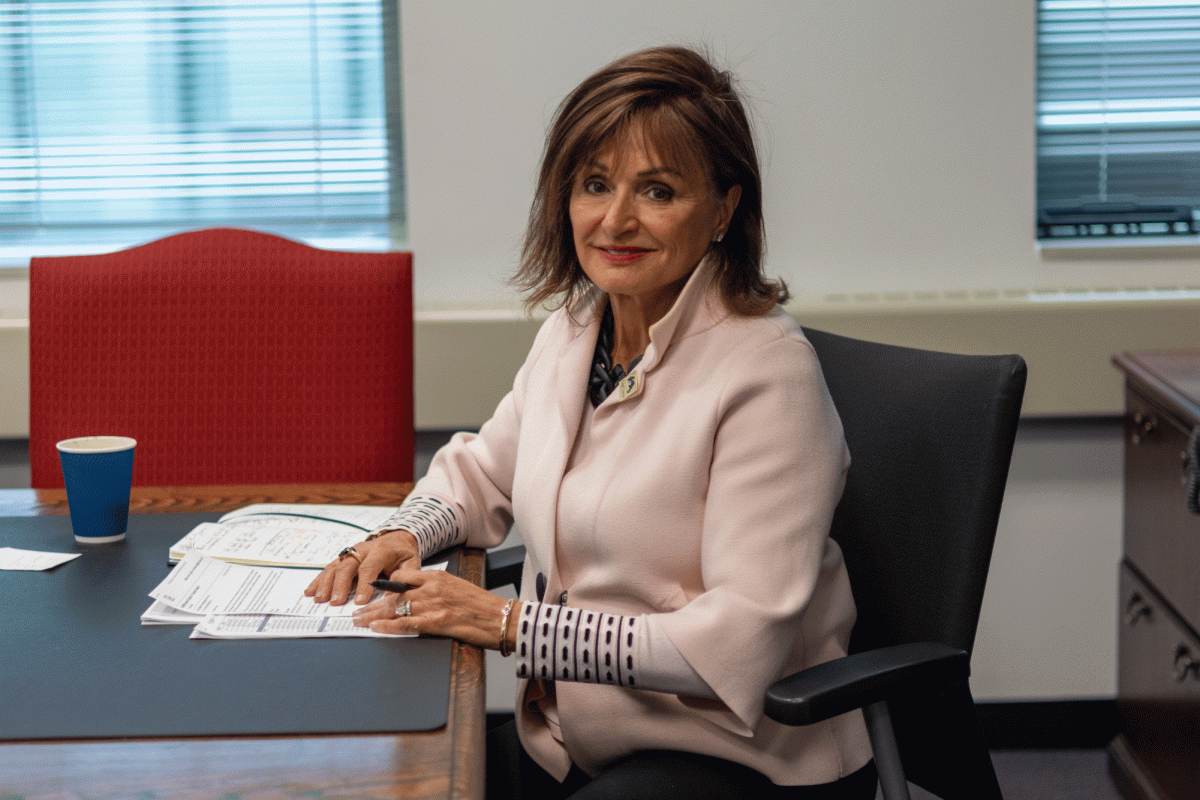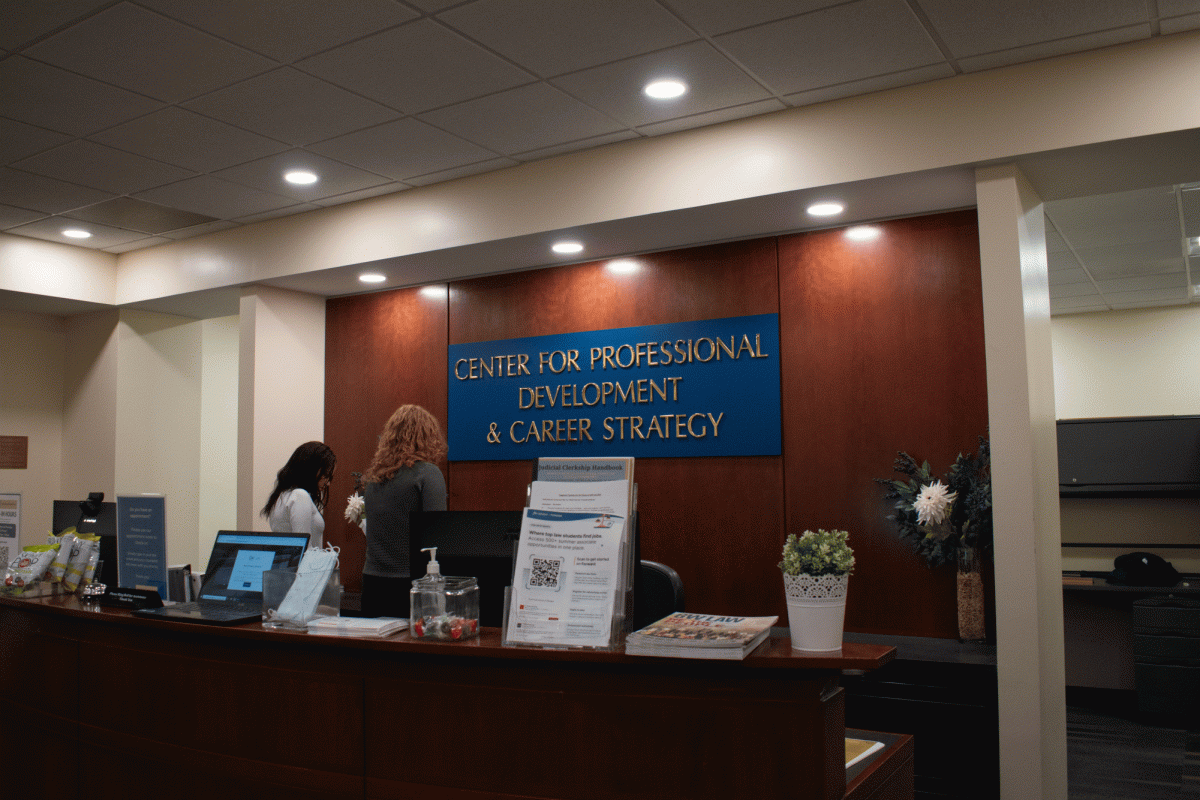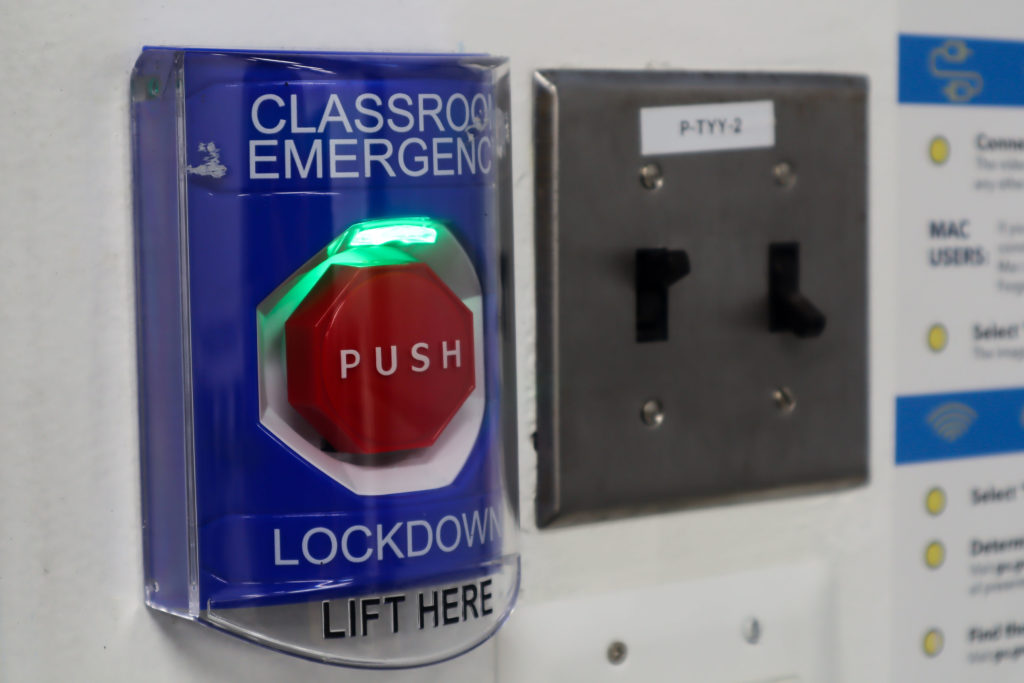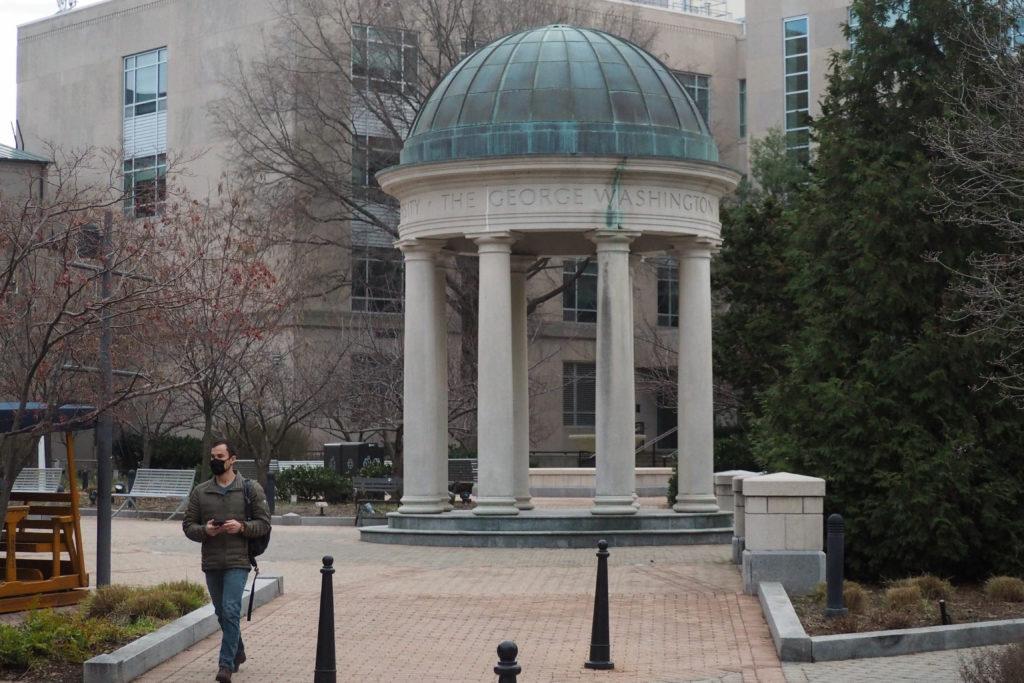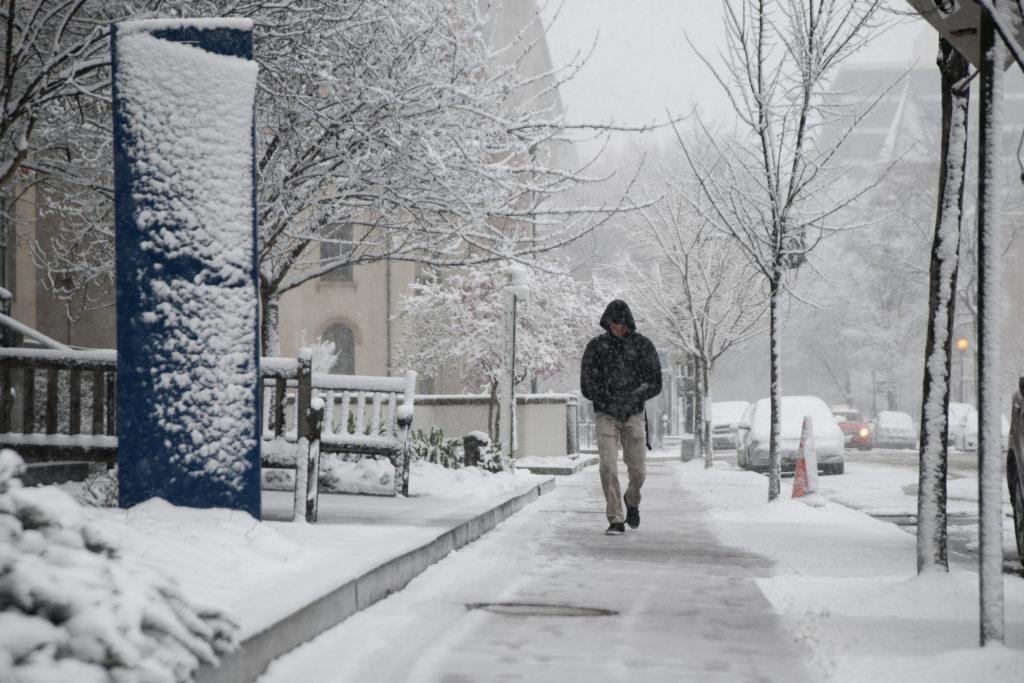As the instructional continuity period potentially comes to a close, 10 faculty members say they were able to develop new strategies for teaching future classes.
After faculty quickly altered their courses during online instruction, professors said they were optimistic but needed to adapt to the challenges of the online environment. Ten faculty members said students have been understanding of the limitations of online learning and they have discovered time-saving teaching strategies they plan to implement next semester, while others said online tools limited student engagement.
Donna Hoffman, a professor of marketing, said she used both asynchronous and synchronous learning – pre-recorded lectures for students to listen to on their own time and live discussions and lectures, respectively – in her three courses including two undergraduate courses and a graduate course on marketing strategy.
Hoffman said she plans to continue to use these methods in future semesters regardless of whether the fall semester will be held online. She said placing lecture material online and using class time to apply the material through discussions and exercises made her teaching more efficient.
“When we had to go online, I could see that it could be something that you could really make it valuable and enriching,” she said. “It could have a place in the curriculum.”
Hoffman said she will also introduce a new artificial intelligence marketing strategy course in the fall that she thinks has many opportunities for an asynchronous component.
She said she plans to have students listen to prerecorded lectures to save class time for discussing “cases” and working on projects.
“I’m psyched about the opportunities for doing this more generally, having asynchronous components that are fun lectures,” she said.
LaKeisha McClary, a professor of chemistry, said a challenging part of virtual learning was transferring in-person General Chemistry II exams to an online format while keeping the amount of cheating low because of how easily students can look up answers online during a test.
She said she made the exam “a little bit more difficult” to help minimize cheating, but this strategy did not fully mitigate it.
“There’s this balance of trying to provide students the same opportunities that they would have for an in-person exam,” McClary said.
McClary said she will teach general chemistry in the summer and will not be able to implement the same tools she used during the virtual learning period like prerecorded narrated lectures. Her summer class will meet four days a week, leaving her less time to record lectures compared to her classes this semester that met twice a week, she said.
McClary said she plans to use Blackboard Collaborate’s breakout groups tool, which allows professors to put students into small groups for discussion, to build community while also engaging with her students during her summer class.
“It was nice during the semester – I knew my students before we left,” McClary said. “I’m not going to know these people over the summer.”
Janet Steele, a professor of media and public affairs and international affairs, said her narrative journalism class was able to maintain a “strong” learning community through the transition because only 16 students were taking her class, and she could hold discussions via Zoom.
She said her class on journalism theory and practice had 35 students, which was “sort of a disaster” because only a handful of students in the group engaged in discussions. When she asked questions to her relatively larger class, she was more often met with silence, she said.
“I think I’m not the only person who says this, but the class was not designed for that,” Steele said.
She said students and professors are facing a similar challenge in maintaining student engagement, since neither group knows what will happen on campus this fall.
University President Thomas LeBlanc said at a Faculty Senate meeting Friday that there are three scenarios for the fall semester: a reopening of on-campus operations, a hybrid of online and in-person instruction and fully online classes.
“That’s tricky,” Steele said. “We basically need three versions of the same class.”
Kim Roddis, a professor of civil engineering, said she has faced problems in replicating the experience of in-person class with holding both of her classes, Structural Theory II and Design of Metal Structures, synchronously using Blackboard Collaborate.
“I feel we are all in a crisis situation, and I think that students and faculty and administration and staff did really well given the remarkable circumstances, but you know online teaching is very different than what we’ve been doing,” she said.
Roddis said her courses require a lot of student interaction that are difficult to replicate online, like talking and drawing.
“We just have been teaching remotely because we have to,” Roddis said. “Offering a course online requires very, very different preparation than offering a course in a classroom, and we did not have the opportunity or the resources to do that so we’re teaching our normal classroom courses as best we can online.”
Roddis said she tries to do as much active learning as possible in her classes by alternating short lectures with quick activities where students can apply the information they just learned. But she said Blackboard Collaborate’s limited capabilities in replicating the in-person class environment has made these switches hard to do and has forced her to lecture longer than she desired.
“We’re trying to provide the best learning environment we can and the best learning opportunities we can at GW, so that means that the students have to be engaged, and they have to understand that they are responsible too, and I really feel like all the students in my classes have really stepped up on that,” Roddis said.


